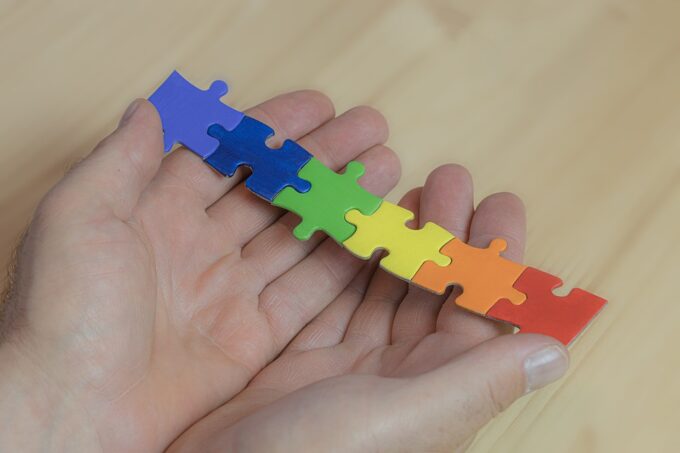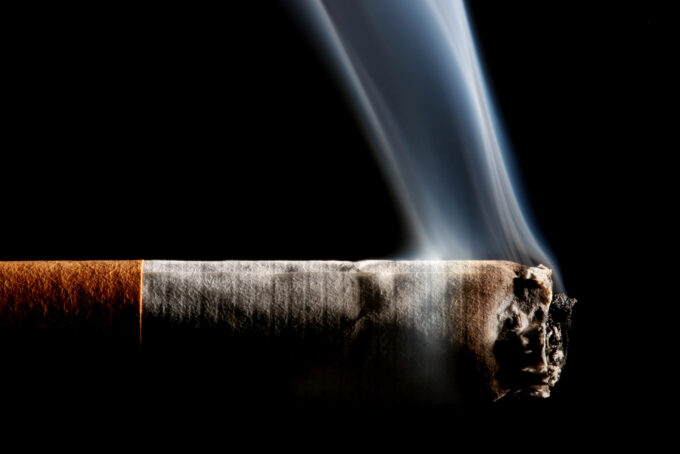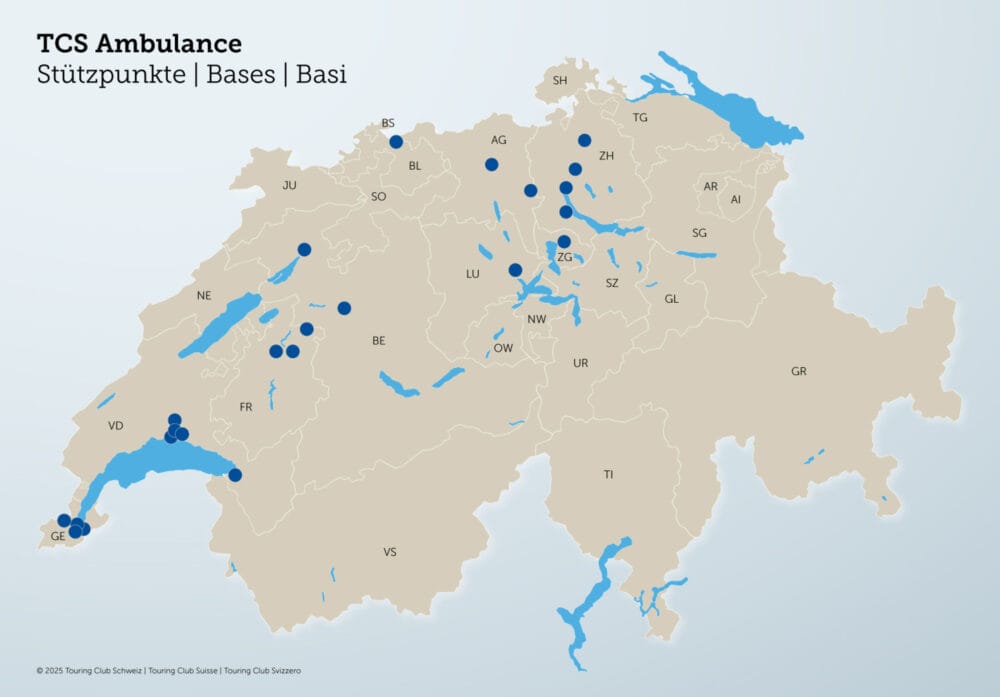Psychosocial and organizational risks lead to various illnesses among LGBT workers
According to a recent EU study, LGBT employees are still exposed to various psychosocial stress factors. The lack of protection and safety in the workplace often leads to fatigue, depression, burnout, but also to various musculoskeletal disorders.

The World Health Organization (WHO) and the Ottawa Charter for Health Promotion Define Health as a state of physical, mental and social well-being. The definition implies that there is no health without mental health and that health should be seen as a state of physical, mental and social well-being. However, lesbian, gay, bisexual, transgender and intersex (LGBT) workers are according to the European Agency for Safety and Health at Work (EU-OSHA) continue to be exposed to harassment and bullying in the workplace.
Musculoskeletal diseases
There is still a lack of protection and promotion of their health and safety in the workplace. These stress factors often lead to fatigue, depression and burnout among these employees. In a detailed article (in English) study authors from EU-OSHA and the European Union Fundamental Rights Agency explain how the research gap on the safety and health of LGBT people in the workplace can be closed.
According to the report, LGBT people are still exposed to many psychosocial risks such as discrimination, bullying and harassment in the workplace. According to the authors of the study, better work organization and management could reduce many of the factors that make those employees ill.
Frequent consequences of poor work organization among LGBT people are risks of depression, a generally poor state of health, anxiety, stress and fatigue, the study concludes. Other factors such as job dissatisfaction and burnout can be associated with sickness-related absences, it continues.
Poor mental health among LGBT workers often has an impact on the physical health of employees and leads to a higher prevalence of musculoskeletal disorders such as neck tension, neck pain and back pain.
Source: EU-OSHA









